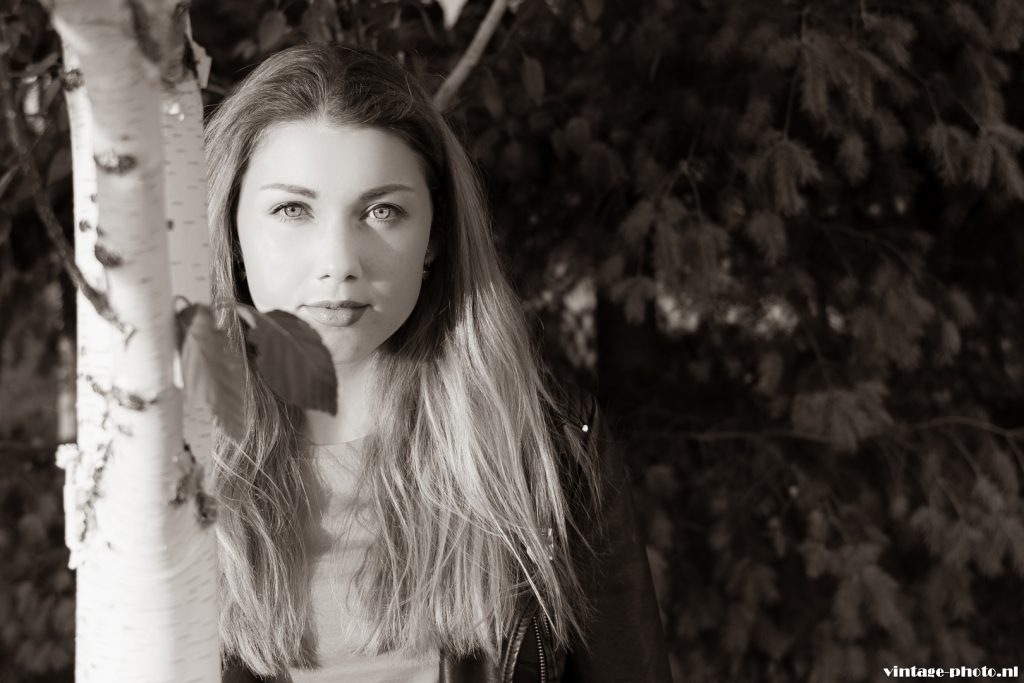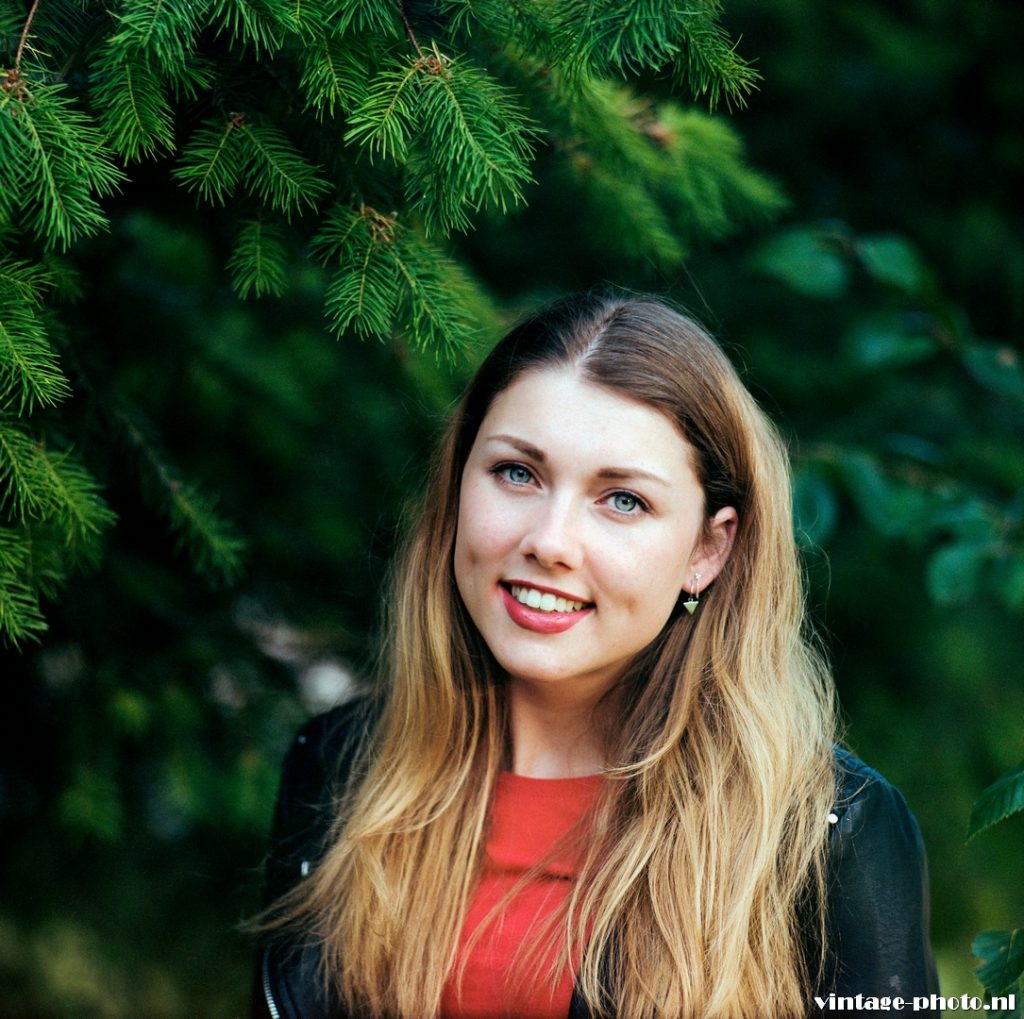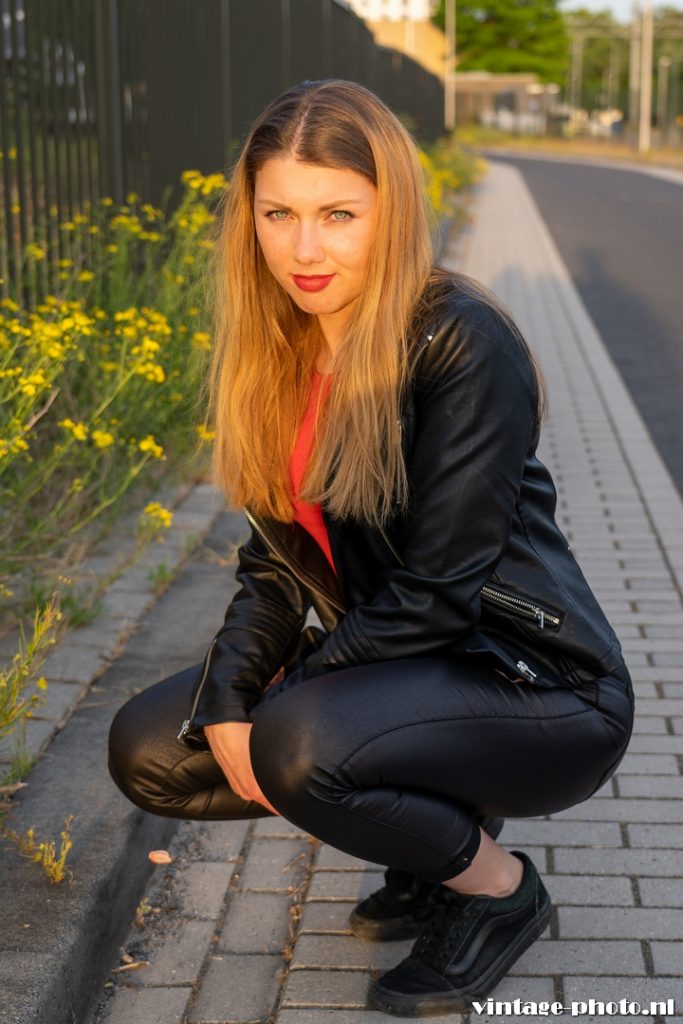In the old days, everything was better says grandpa from his rocking chair. People have a tendency to stick to what is known to them. Or is there a piece of truth in that? I know of people who have exchanged their digital camera for an old-fashioned film camera. Tired of all fancy and complicated thinking in bits and bytes, they firmly believe in the inalienable authenticity of celluloid. The lomographers agree with this, just like the large, increasing group of enthusiastic vintage photographers. Is film better, different or just a sentimental tendency to the past? We put it to the test.
Photographic film is a chemically reactive material that records an image when the film is exposed to light. When the film is removed from the camera, it is developed by chemical processes into a visible image. Later on it can be positive printed or scanned. A digital camera takes light and focuses it via the lens onto a sensor made out of silicon. It is made up of a grid of tiny photosites that are sensitive to light. Each photosite is usually called a pixel, a contraction of “picture elements”. Both lead through complex ways to what we call photographs. But the days when we needed a separate camera for photos are long gone. The smartphone has become the most used camera. Digital cameras have evolved into near-perfect devices for taking photos and movies. They can do much more than an old film camera ever could. But why do we appreciate the photos from the old box? From nostalgic memories? Or is there something in these photoprints that offers a different perception, not as perfect as digital cameras do, but with more feeling and character?
Meet the beautiful Susan, my portrait for this test. Below are two pictures of her, one made with a digital 24 MP Sony A7III from 2018 and one with an analog, medium format Pentacon 6 from 1966. A difference of more than 50 years.


Tricky. You think of the Pentacon in black and white. But it is the other way around. The color photo is old-fashioned film and the black and white photo is digital. The Sony photo has simply been converted to b / w in Lightroom. The Pentacon 6×6 film was developed in a darkroom with Rollei C-41 and later scanned at 2400 Dpi. But apart from the perhaps incomparable techniques and lenses, what stands out? Sharpness. Digital cameras with Eye-AF, no analog camera can compete with that feature. It is virtually impossible to force the camera and the lens to a perfect focus on the eyes. Contrast. The digital photo has a more flat gradient in the contrast and looks softer (also due to b/w), while the contrast in the Pentacon is much more gradual and layered. Of course, a fairer comparison would have been the same photo with both cameras, but that’s not the point.
It is not a question of which photo is better or which camera is better. The digital photo has been deliberately set to b / w to indicate that the sphere of ‘classic b / w’ can be achieved with modern digital cameras. And the other way around, that analog cameras are (still) fully capable to generate a ‘modern’, beautiful picture. Another example:


Same proceeding. Same conclusion. Here you see more of an essential characteristic of analog photography: grain. Hated by some, loved by others who digitally recreate that typical (vintage) look in their photos. Ok, ok, the other way around then:


Here you go, the Pentacon in b/w and the Sony in color. I already hear you saying, the pentacon ‘fits’ here, exactly what we expect from analog photography really happens here. Here the hype of b / w photography is lived up to. This combination fits. A bit of perfection shapened by sharpness and vivid colors in the digital version and matching softness in sharpness & contrast in the vintage photo. This is how the puzzle fits and people like to see it. Or better, ‘experience’ it. Let’s experience it further by comparing color to b/w:
[twenty20 img1=”532″ img2=”531″ direction=”horizontal” offset=”0.5″ width=”100%” before=”Pentacon 6″ after=”Sony A7III” hover=”true”]
It’s a matter of taste. Of course there will be fans who fanatically believe in the extra expressiveness of b / w. Depending on the idea behind or purpose of the photo, something can be said for that, but in absolute terms, one is no better or more beautiful than the other. Taste. Can the same be said about film versus digital? When I look at the Pentacon photos, I see something different than just ‘taste differences’. Apart from the imperfections that we can easily notice because of the power, familiarity and perhaps spoiledness of the digital killer machines, the analog photos gain a certain authenticity, a more realistic representation of reality as it is. They do emphasize a more natural relationship. They do not make things or in this case people more beautiful than they actually already are. Keep film alive. For the last picture I give you the benefit of doubt.
p.s. the feature article picture on top was made with a light leaking Kodak No. 3A from 1910.


